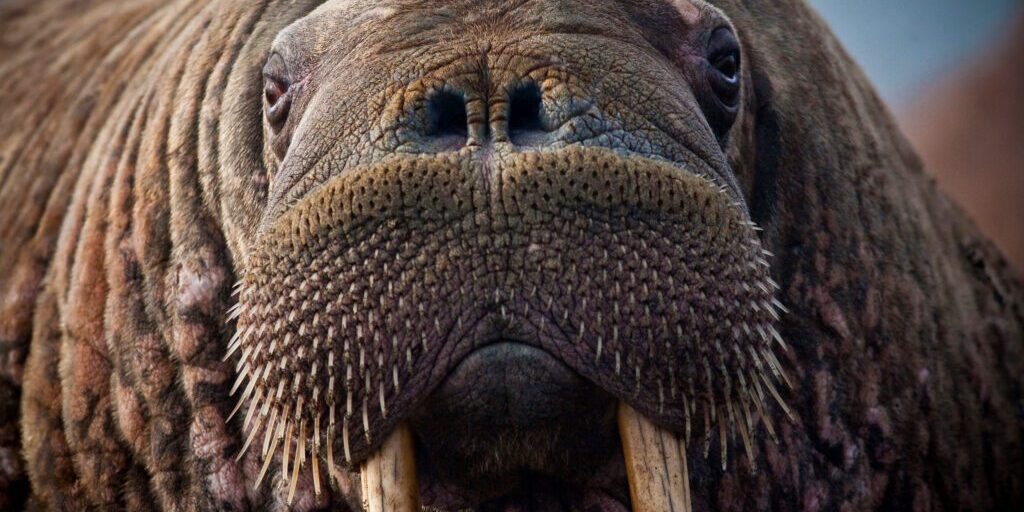Scientists researching walruses investigate bones as a method of measuring the impacts of the changing environment. This type of research on bones may open the door for more understanding and protection of marine wildlife.
The Water and Environmental Research Center Director Nicole Misarti described the many challenges walruses face in the changing environment of the Arctic.
“There’s a lot of possible stressors for walruses as we’re facing climate change. And they can have adverse health effects, including decreases in reproduction, because the energy is going elsewhere, stress based on nutrition or making up energy deficiencies because they’re swimming farther from land to forage. There’s stress in hauling onto land in large groups rather than slightly smaller groups spread out on the ice,” said Misarti.
With these stressors in mind, studying how walruses are coping may provide valuable insight into protecting their populations and how adaptive mechanisms can help a species survive.
Misarti works alongside Lara Horstmann-Dehn as the head of a large body of research and work done with students, researchers and collaborators which contribute to study how bones reveal much about the life of an organism.
“We can pull hormones out of bones both for reproduction and stress, we can figure out your diet, the productivity, we can look at-just with even simple measurements of bones-size and sex, we can look at metal and contaminant uptakes into bones and into teeth, We’ve learned age at sexual maturity can be learned through teeth, we can figure out where these walruses were swimming,” said Misarti.
As methods of measurements advance in environmental sciences, Misarti hopes these tools can be applied to other marine mammal populations as well.
With more data on more marine animals, options may begin to open for decision making about how best to preserve and protect the populations in the Bering Sea region.
“We’ve developed all these new ways with this project to sort of determine age at weaning, age at reproduction, stress and sex hormones that we can compare over 1000s of years, and all these tools can be used for management and decision making. And we’re also hoping to apply many of them to other marine mammal populations that are important to everyone, you know, living on Bering coastline,” Misarti said.
Beyond the scope of this project, walrus tusk research may have brought light to a powerful method for studying other marine wildlife.
Image at top: Close-up image of a walrus’ face and tusks. Photo courtesy of Pixabay, public domain.




